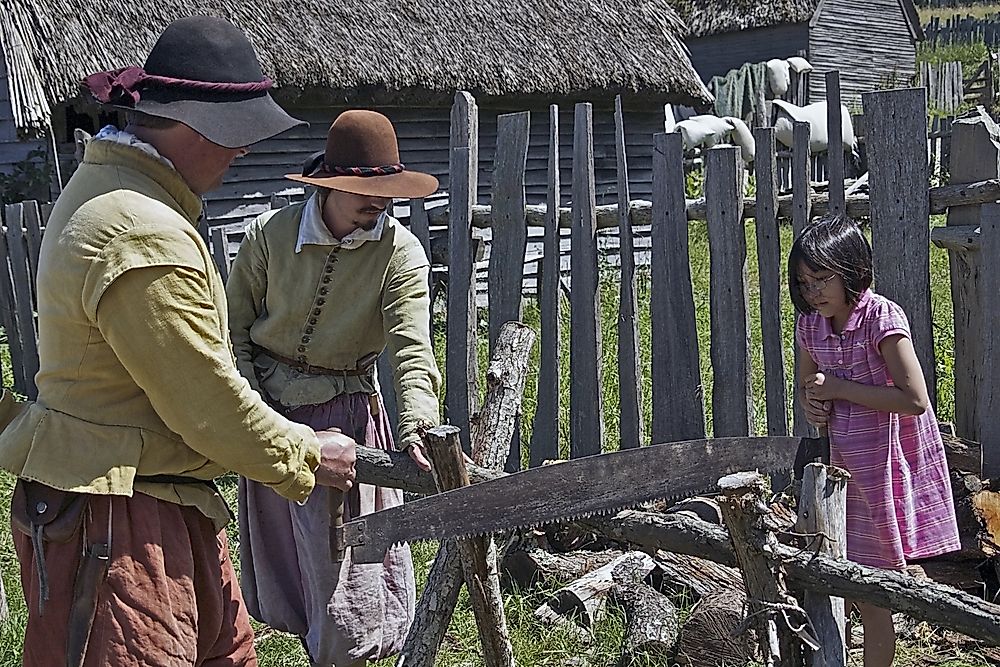What Is A Living Museum?

A living museum or a living history museum is a museum that recreates historical settings to replicate past time periods. The objective of living history museums is to provide visitors with a practical interpretation of the past. They bring history to life by imitating the conditions of a natural environment, historical period, or culture to the fullest. Living museums use various interpretive techniques such as exhibitions and costumed historians who represent historical characters to make simulations of past periods as authentic as possible. The key difference between a living museum and other historical sites is that living history museums give interpretations in the first-person present.
Costumed Historians and Their Roles at Living Museums
Costumed historians perform many responsibilities at historical sites. Besides portraying characters that lived in a particular period, they conduct visitor tours and interpret spaces. They also write interpretive scripts and contribute to the research process that helps the museum with site interpretation. The historians, therefore, must be people who are skilled in communication, research, and writing, and they must be comfortable when addressing large audiences. Historians collaborate with education and curatorial staff to develop educational programs and exchange ideas on how to conduct school and collection tours. The historians or interpreters are extensively trained by supervisors when they are newly employed, but they gain more competencies through experience.
Interpretation
Living history museums use two types of costumed interpretations. The first one is the first-person interpretation where costumed historians portray specific historical characters by adopting their mannerisms, speech patterns, worldviews, and attitudes. The knowledge of first-person interpreters and how they interact with the audience is limited to the historical character they portray and the historical period the character lived. The second type of costumed interpretation uses third person interpreters who have a working knowledge of both the present and the past. Third person costumed historians depict a status, occupation, or gender, and although they also dress in historical attire, they speak from a modern perspective about the culture and history of the people they represent. Both types of costumed interpreters demonstrate and perform the crafts and daily tasks of historical periods.
Concerns about the Authenticity of Living History Museums
Authenticity is a major concern for living museums because it is impossible to recreate a piece of the past perfectly to simulate living history. Some museums portray gross inaccuracies as they attempt to depict an idealized image. An example is the portrayal of the old cattle town of Wichita as illustrated at the Old Cowtown Museum whose authenticity is corrupted by the influence of Hollywood and Wild West myths. Critics also fault the interpretation at living museums arguing that although the museums seek to convey past experiences to visitors, it is impossible to replicate past states of mind.
Examples of Living Museums
Living history museums are found all over the world. Plimoth Plantation in Plymouth, Massachusetts, is an example of a living history museum. It replicates a 17th century English village established by colonists. The Medieval Centre in Denmark is another example of a living museum depicting the middle ages in the country during the late 14th and early 15th centuries. Other living history museums include the Coggeshall Farm Museum in Colt State Park, USA, Burnaby Village Museum in British Columbia, the Black Country Living Museum in the UK, and the Penghu Living Museum in China.











